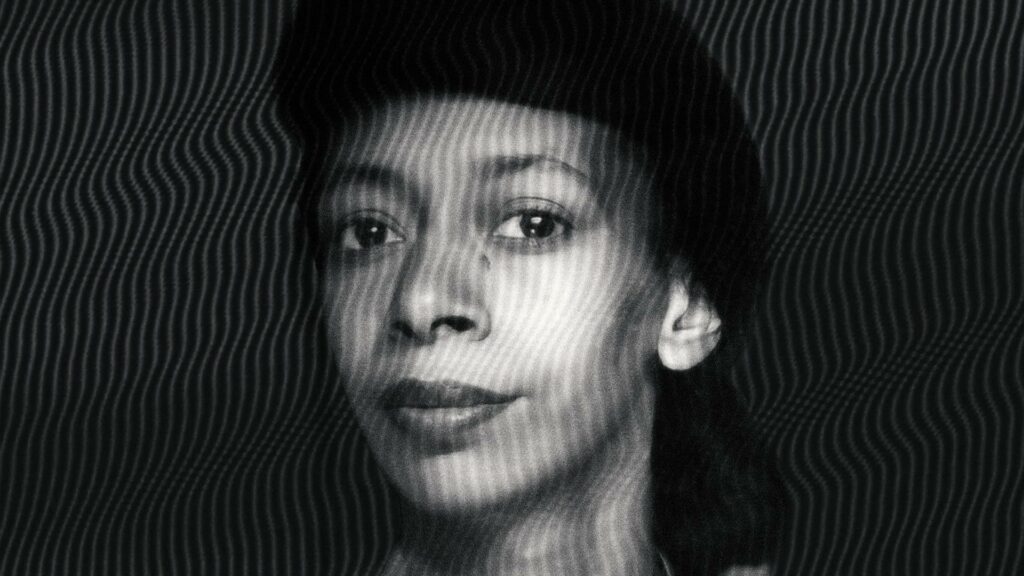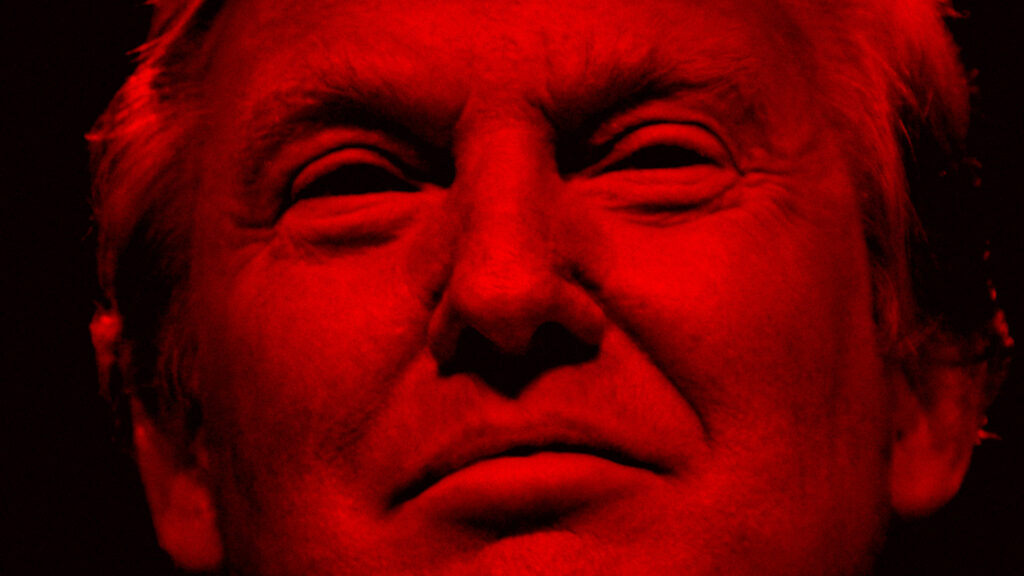French postmodern philosopher Jean Baudrillard introduced the concept of hyperreality in his 1981 book Simulacra and Simulation. Baudrillard argued that modern society has replaced reality and meaning with an endless stream of simulations, images, signs, and representations that have blurred the boundary between real and imaginary. He believed we live in a hyperreal world dominated by media content and simulations that have rendered reality itself obsolete and meaningless.
Baudrillard’s hyperreality is characterised by an overload of information, imagery, and recreations that make it difficult to distinguish fact from fiction. We are inundated with media messages and digital content that overwhelm the senses. The result is a lack of authenticity and context regarding the events and experiences that shape our lives. As Baudrillard stated, “We live in a world where there is more and more information and less and less meaning.” Events occur and are reproduced rapidly but without depth or substance behind them.
This concept seems more relevant today than ever before, as exemplified by the evolution of American policy and stances towards so-called enemy regimes and terrorist organisations. Groups like the Taliban and states like Iran were once deemed imminent terrorist threats and “evil empires” by US leaders and media narratives. However, these stances have now been largely reversed in the pursuit of political partnership and expediency. The moral foundations behind such labels have been discarded entirely.
For instance, the Taliban regime in Afghanistan was directly removed from power by the US military in 2001 for harbouring 9/11 mastermind Osama Bin Laden. They were seen as a backwards, radical Islamic militia that severely oppressed civilians, especially women. But over the long course of the Afghan War, the Taliban insurgency managed to outlast US and allied NATO forces. By 2021, the US government essentially legitimised the Taliban by negotiating a full withdrawal of troops with the group. Despite two decades of demonisation, they were now treated as reasonable political partners and the inevitable rulers of Afghanistan.
From one perspective, this reversal makes geopolitical sense, given the lack of progress made in establishing a stable Afghan government. However, it also represents a wild pendulum swing regarding the Taliban’s ethical and political status that connects directly to Baudrillard’s hyperreality. The previous narratives and signification built up around the Taliban over 20 years – as a terrorist, illegitimate, unreasonable actor – dissolved rapidly to embrace a new positioning aligned with political necessity. The “good vs evil” dichotomy so forcefully articulated in the early 2000s War on Terror era faded into something far murkier and ambiguous.
In the hyperreal model, such changes occur without real explanation, as the previous narratives and characterisations are simply replaced with new ones aligned to present strategic goals. There is no need to justify or elaborate on the contradiction between past and present positions. We merely move to the next simulation, the next imagined reality.
Ultimately, Baudrillard argued these reversals and contradictions, these conflicting simulations with no fixed meaning, induce mass confusion and apathy. When no truth or consistency exists, when anything can be transmuted from evil to ally, the public loses faith in institutions and withdraws from participation.
This detached confusion only accelerates our slide into the hyperreal. Events occur without context and rationality becomes an unreliable narrator. We lose touch with the real causes and consequences behind political storylines or military conflicts. Ephemeral images and edits gradually supersede concrete reality.
Russian political technologist Vladislav Surkov has cunningly exploited this Baudrillardian hyperreality in service of the Putin regime’s political agenda. Surkov embraced postmodern techniques like media simulations and political theatre to keep audiences confused about Russia’s ideology, goals and political stability. He sponsored both pro-Putin groups and nominal opposition groups, generated alternative media, and false flag events intended to sow maximum chaos.
Surkov believes that this planted uncertainty and ambiguity regarding Russia’s true political reality and power dynamics makes the population more passive and disengaged. As described in a 2019 article in The Atlantic about Surkov’s strategies, “The aim is to conjure an endless number of potential realities, so that any observable reality ceases to be of consequence.” In other words, pure hyperreality modelled on Baudrillard’s vision.
When no cohesive truth or definitions exist, the population loses faith that it can influence the direction of politics or society. Leadership at the top has infinite room to manoeuvre, spin narratives, and consolidate control without concrete opposition. As Baudrillard and Surkov recognised, hyperreality leads to confusion, withdrawal and ultimately submission.
To avoid falling into this trap, individuals must make an effort to consciously recognise media manipulation, think critically about messaging, and research issues in depth. We must push back on information overload and simulation. Otherwise, as Baudrillard cautions, we will slip helplessly into the realm of hyperreality and surrender both meaning and agency.
The growth of partisan media networks and siloed online communities has brought Baudrillard’s warnings to life. Networks like Fox News or MSNBC broadcast biased political narratives tailored to their audiences’ ideological preferences. They report on the same events through completely contrasting frames and language. Each side constructs its own self-reinforcing media hyperreality.
On social platforms like Facebook and X, users consume news predominantly from like-minded peers, pages, and groups that skew their worldview. Users get lost in ever-narrower silos, losing perspective and context across the broader media landscape. They only see and react to curated simulations that provoke outrage against perceived partisan enemies.
Increasingly, these disconnected, custom-built media hyperrealities determine how different segments of the population interpret events, facts, policies, and entire ideological worldviews. Shared conversational reality and baseline critical reasoning are collapsing.
Critics argue postmodern relativism has contaminated political and intellectual discourse, especially within academic fields like the social sciences. Objectivity, data, and even reasoning itself are treated as constructs rather than meaningful tools for understanding reality and searching for common ground. This paves the way for hyperreal echo chambers unrestrained by basic standards of consistency or integrity.
Of course, opponents counter that Baudrillard’s vision of an obsolete genuine reality was always overstated and flawed. They claim underlying truth and meaning persist, and the solution is better information literacy and critical thinking rather than fatalistic retreat. The debate continues, but hyperreality appears stronger than ever in our age of overload and polarisation.
At their core, contradictory hyperrealities represent a struggle over credibility and control. Information inherently creates power and influence. If your simulations are widely accepted, you shape public perceptions and norms. Your enemies and policies can be demonised or deified. Facts become mutable accessories rather than anchors tethering rhetoric to reality. This plasticity of information perfectly suits politicians who wish to appeal to niche supporters, demonise opponents, obscure failures, take credit for successes, and evade accountability. Hyperreality allows them to craft custom messaging without consistent standards of integrity or honesty across different audiences and needs.
For democracy, which requires a common respect for facts and truth, this partisan manipulation poses an existential threat. Society cannot productively function without shared touchstones and rules of debate anchored to reason. Otherwise, discourse simply becomes a tool to pursue self-interest rather than genuine problem-solving and progress through pluralism.
Looking ahead, the COVID-19 “infodemic” of misinformation, the growing embrace of doctored “deepfake” media via AI, and the continued atomisation of media communities through algorithms all suggest that Baudrillard’s vision is solidifying rather than receding. More of society and politics seem driven by detachment from reality itself.
Yet pushing back on these forces remains possible, if difficult. Individuals should seek to diversify their information diet, engage respectfully with ideological rivals, demand substantive policies from politicians over media simulations, and elevate credible journalism over emotional rhetoric. Grounding language and vision in the pursuit of truth can keep us anchored.
Though Baudrillard’s hyperreality often feels inescapable, reminding ourselves that shared meaning, context, and reality matter is the first step towards strengthening societal bonds over simulations.
Our collective future depends on how well we cling to this goal.
Next story


